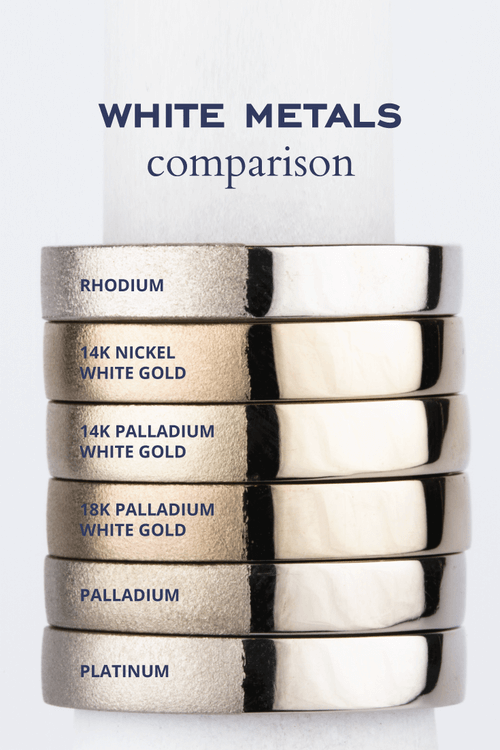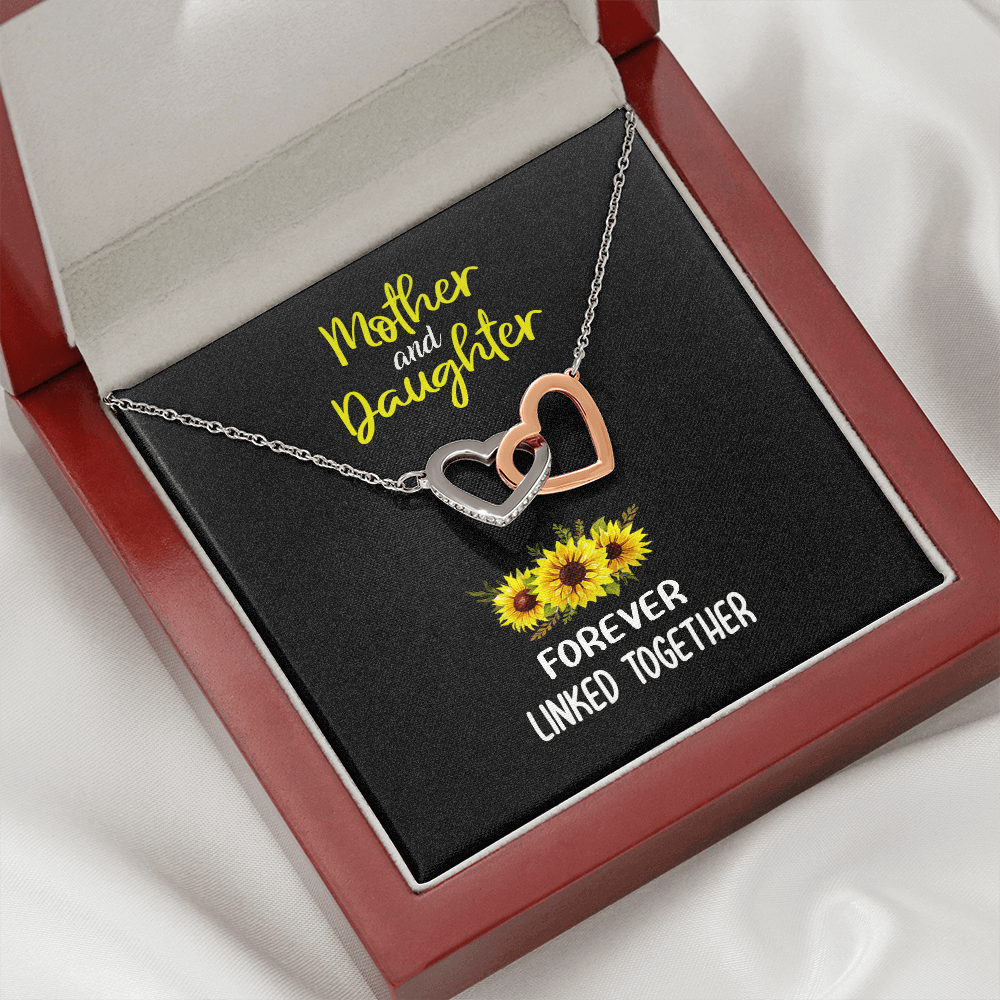What is 14k White Gold? Read this before you buy!
White gold has become a popular choice for jewelry in recent years, especially for engagement rings and wedding bands. Among the various types of white gold available, 14k white gold is one of the most common. But what exactly is 14k white gold? How is it different from other types of white gold, and what makes it such a popular choice?
In this blog post, we will explore the world of 14k white gold, from its composition and properties to its advantages and drawbacks. We will also discuss how to care for and maintain 14k white gold jewelry. By the end of this article, you will have a better understanding of what 14k white gold is and whether it’s the right choice for your jewelry needs.

Understanding White Gold
Before we dive into 14k white gold specifically, let’s first understand what white gold is and how it differs from other types of gold.
Gold is naturally yellow in color, so how do we get white gold? The answer lies in alloys. To create white gold, pure gold is mixed with other metals, typically nickel, palladium, or silver. These alloys give the gold a silvery white color while also making it stronger and more durable.
Compared to yellow gold, white gold has a more modern and understated look. It also pairs well with a wide range of gemstones, making it a popular choice for engagement rings and other types of jewelry. Additionally, white gold is often more affordable than platinum, which has a similar appearance.
It’s worth noting that there are other colors of gold besides white and yellow. Rose gold, for example, is created by mixing gold with copper, which gives it a pinkish hue. Each type of gold has its own unique properties and appeal, but for the purposes of this article, we will focus on 14k white gold specifically.
Understanding 14k White Gold
Now that we have a general understanding of white gold, let’s take a closer look at 14k white gold. “14k” refers to the karatage, or the amount of pure gold in the alloy. In 14k white gold, 58.3% of the alloy is pure gold, while the remaining 41.7% is made up of other metals.
Compared to higher karatages, such as 18k or 24k, 14k white gold is more durable and less prone to scratches or dings. This is because the other metals in the alloy, such as nickel or palladium, make the gold stronger and more resistant to wear and tear. However, 14k white gold may also be more prone to tarnishing or discoloration compared to higher karatages, as the other metals in the alloy may react with elements in the environment over time.

In terms of appearance, 14k white gold has a bright, silvery-white color. It can be polished to a high shine, which makes it a popular choice for jewelry with intricate designs or details.
Compared to other types of white gold, such as 10k or 18k, 14k white gold strikes a good balance between durability, affordability, and appearance. It is a popular choice for engagement rings, wedding bands, and other types of jewelry. However, it may not be the best choice for those with metal allergies or sensitivities, as some 14k white gold alloys contain nickel, which can cause skin reactions in some people.
Pros and Cons of 14k White Gold
Like any type of jewelry metal, 14k white gold has its advantages and disadvantages. Let’s take a look at some of the pros and cons of 14k white gold.
Pros:
- Durability: As mentioned earlier, 14k white gold is more durable than higher karatages of gold. It is less prone to scratches or dings, making it a good choice for everyday wear.
- Affordability: 14k white gold is more affordable than platinum, which has a similar appearance. It is also more widely available than higher karatages of gold, making it a good choice for those on a budget.
- Appearance: 14k white gold has a bright, silvery-white color that looks elegant and timeless. It pairs well with a variety of gemstones and designs.

Cons:
- Tarnishing: 14k white gold may be more prone to tarnishing or discoloration compared to higher karatages of gold, as the other metals in the alloy may react with elements in the environment over time.
- Allergies: Some 14k white gold alloys contain nickel, which can cause skin reactions in some people. If you have a metal allergy or sensitivity, it may be best to choose a different type of metal.
- Maintenance: Like any type of jewelry, 14k white gold requires maintenance to keep it looking its best. It may need to be cleaned and polished regularly to prevent tarnishing and maintain its shine.
Overall, 14k white gold is a popular choice for jewelry due to its durability, affordability, and appearance. However, it may not be the best choice for everyone, especially those with metal sensitivities or those looking for a metal that requires minimal maintenance. It’s important to weigh the pros and cons carefully when choosing a type of jewelry metal.
How to Care for 14k White Gold Jewelry
Caring for 14k white gold jewelry is relatively simple and straightforward, but it is important to take proper precautions to ensure that your jewelry stays looking its best for years to come. Here are some tips for caring for your 14k white gold jewelry:
Clean your jewelry regularly: To prevent tarnishing and discoloration, it is important to clean your 14k white gold jewelry regularly. You can do this by soaking the jewelry in warm water and mild soap, then using a soft-bristled brush to gently scrub away any dirt or debris. Rinse the jewelry thoroughly in warm water and dry it with a soft, lint-free cloth.
Store your jewelry properly: When you’re not wearing your 14k white gold jewelry, it’s important to store it properly to prevent scratches and damage. You can store your jewelry in a soft cloth bag or jewelry box with compartments to keep pieces separate and prevent tangling.
Avoid exposure to chemicals: 14k white gold jewelry can be sensitive to chemicals such as chlorine and bleach, so it’s important to avoid exposing your jewelry to these substances. If you’re swimming in a pool or using cleaning products, be sure to remove your jewelry beforehand to prevent damage.
Be gentle with your jewelry: While 14k white gold is relatively durable, it’s still important to be gentle with your jewelry to prevent scratches and dings. Avoid wearing your jewelry during strenuous activities, and be careful not to bump it against hard surfaces.
Have your jewelry inspected regularly: It’s a good idea to have your 14k white gold jewelry inspected by a jeweler regularly, especially if you wear it frequently. A jeweler can check for loose stones, worn prongs, and other signs of damage that may need to be repaired.
By following these simple tips, you can keep your 14k white gold jewelry looking beautiful and pristine for years to come.
In conclusion, 14k white gold is a popular choice for jewelry due to its durability, affordability, and elegant appearance. While it may require a bit of maintenance to keep it looking its best, proper care and handling can help ensure that your 14k white gold jewelry lasts for many years. Whether you’re looking for a classic piece of jewelry to wear every day or a special piece for a special occasion, 14k white gold is a versatile and timeless choice that is sure to impress.
